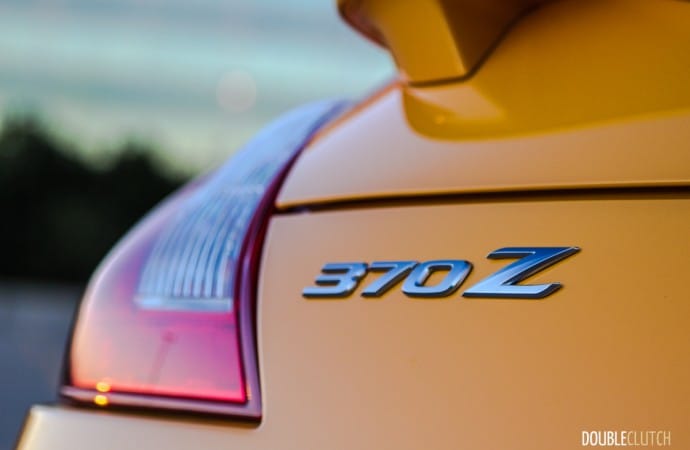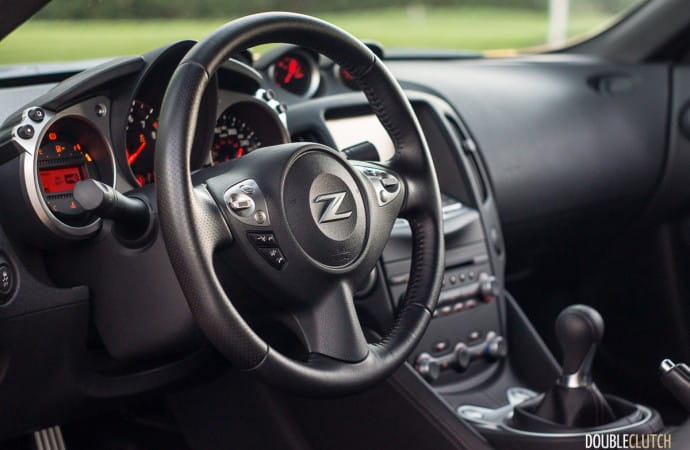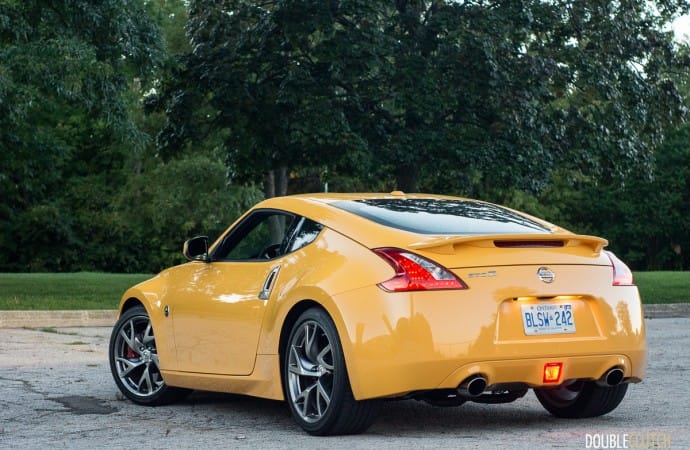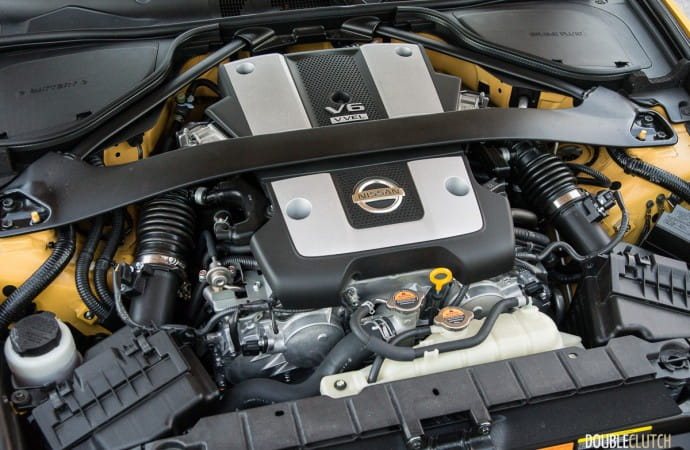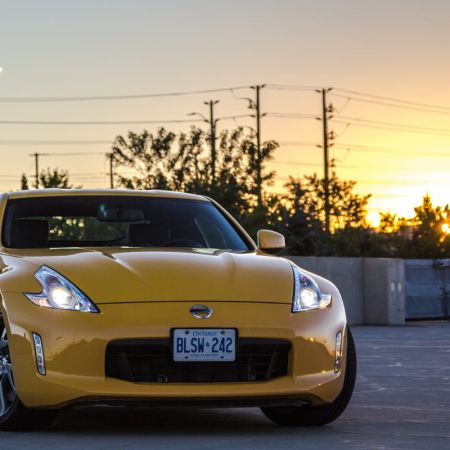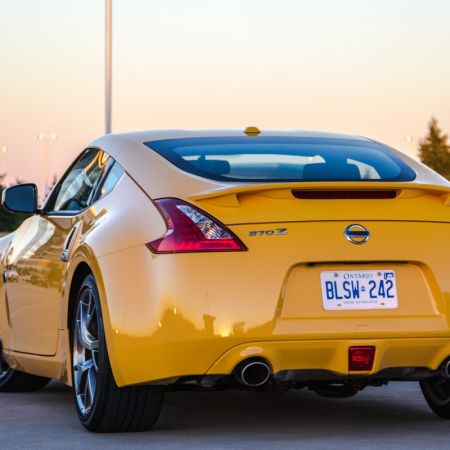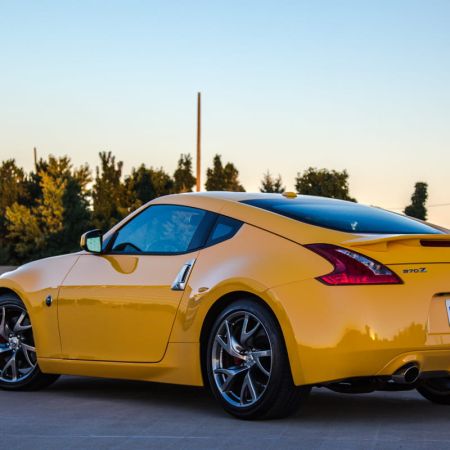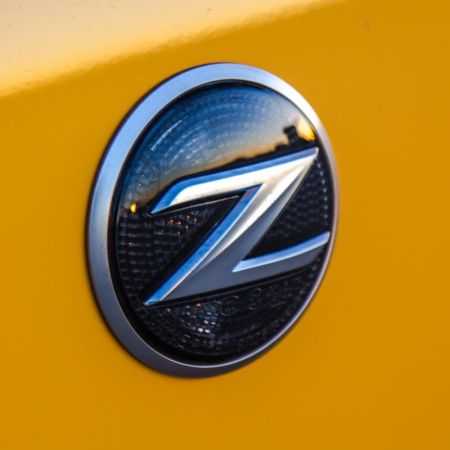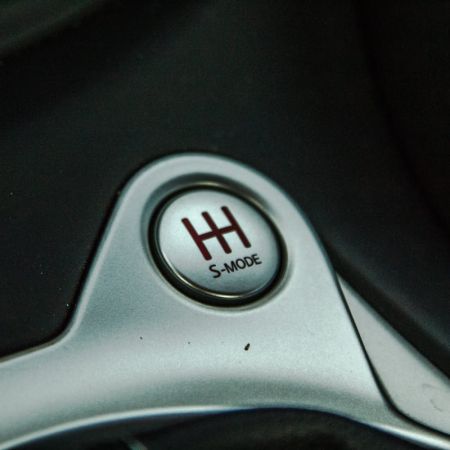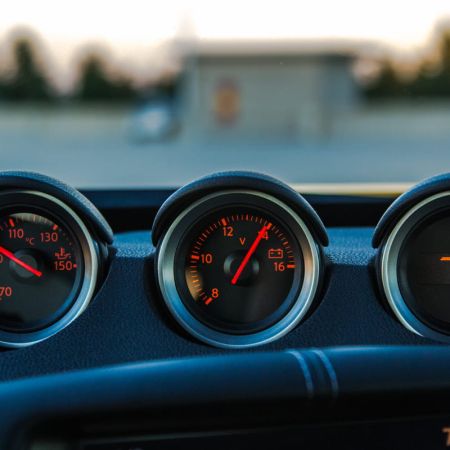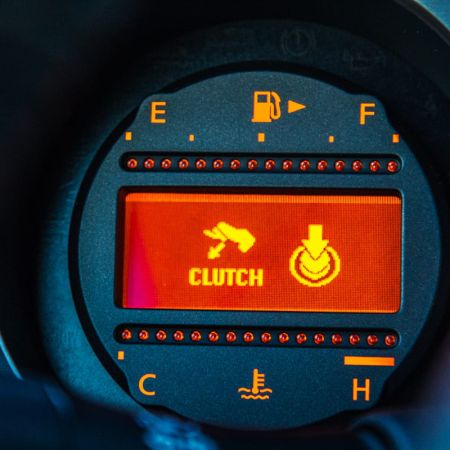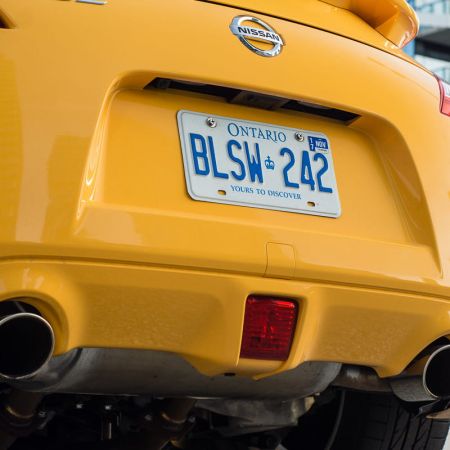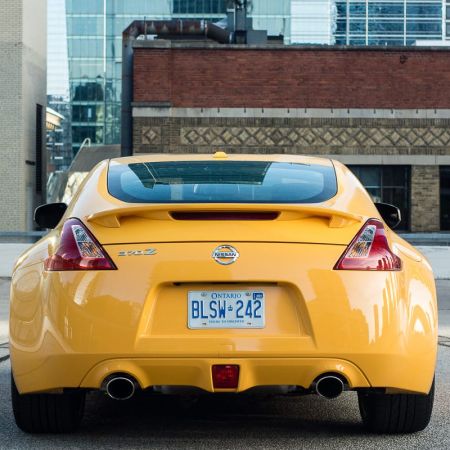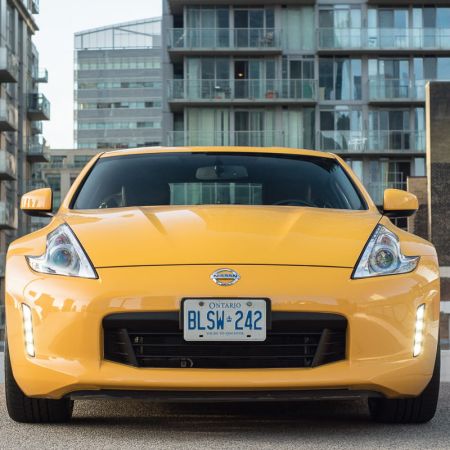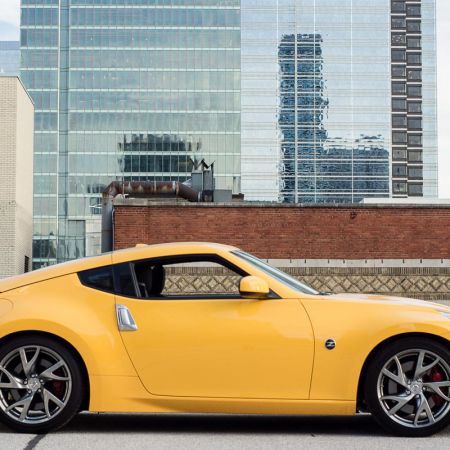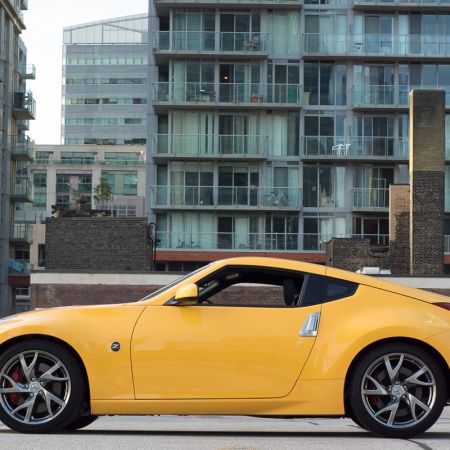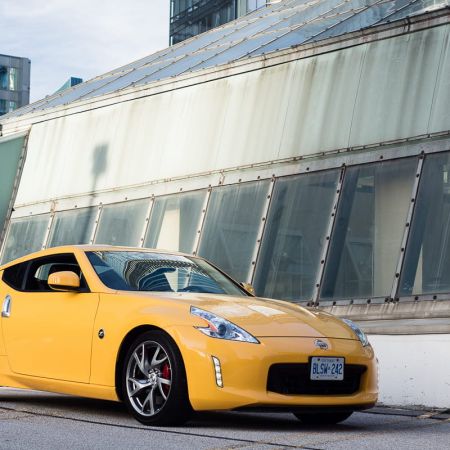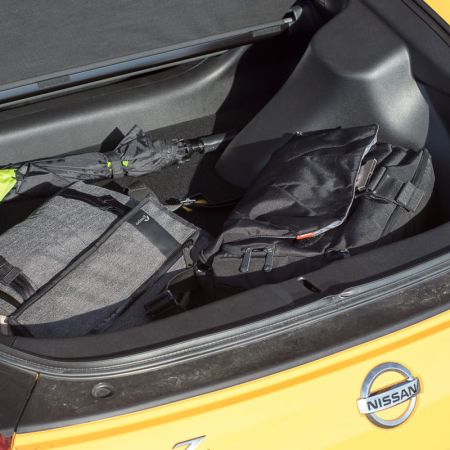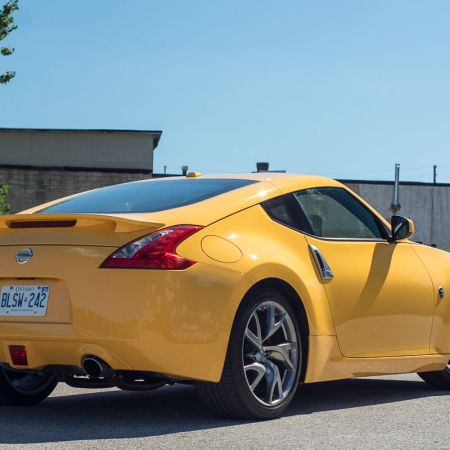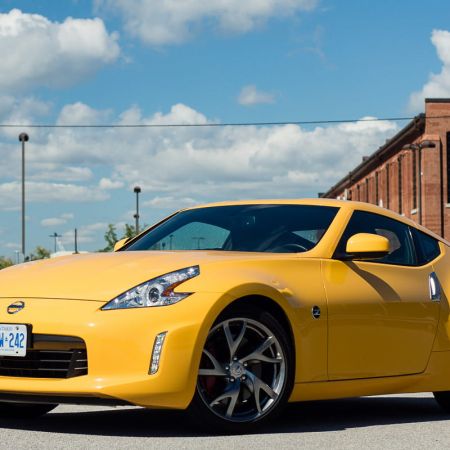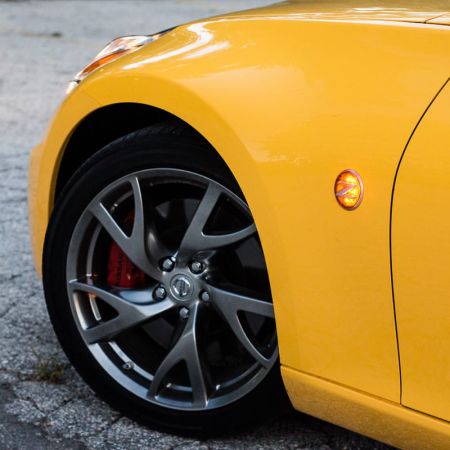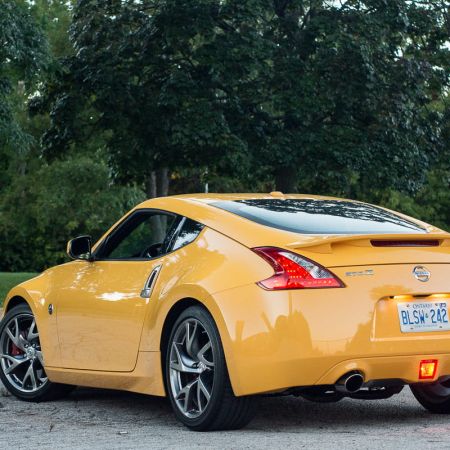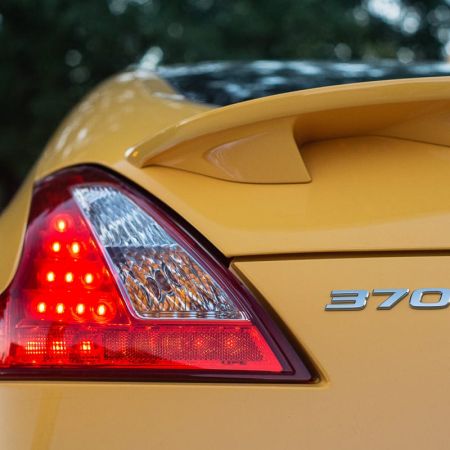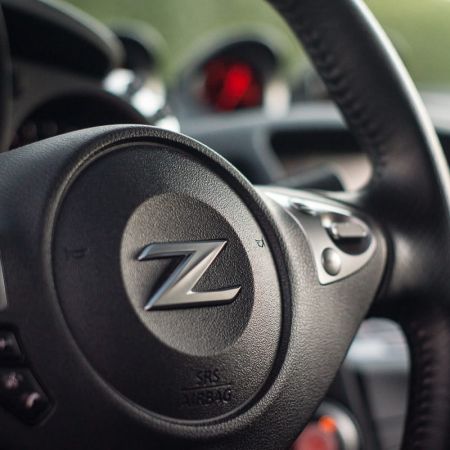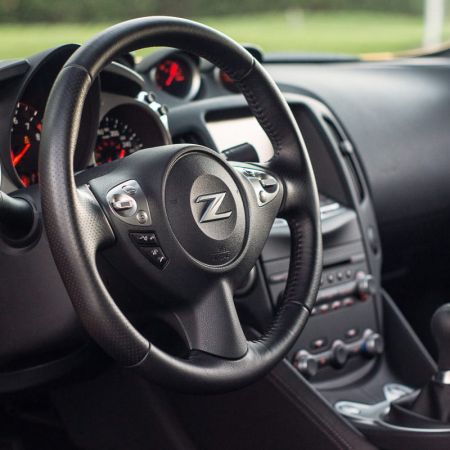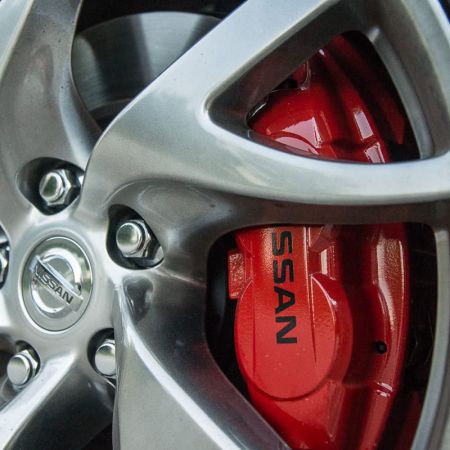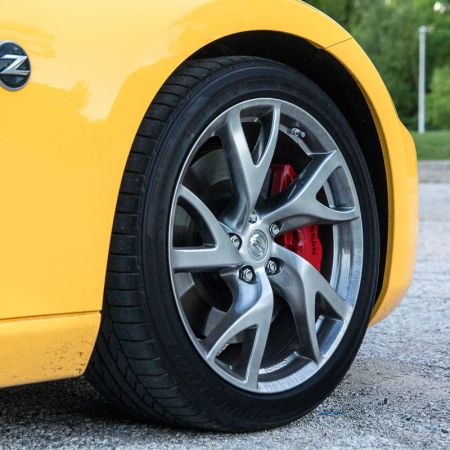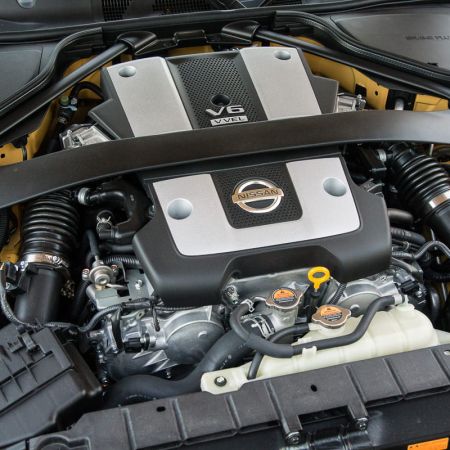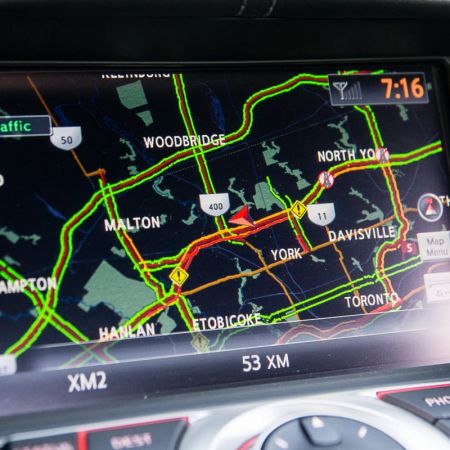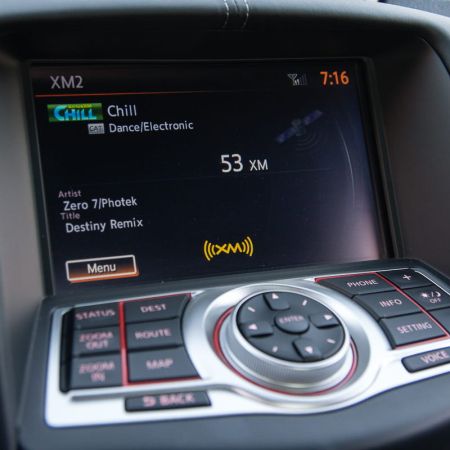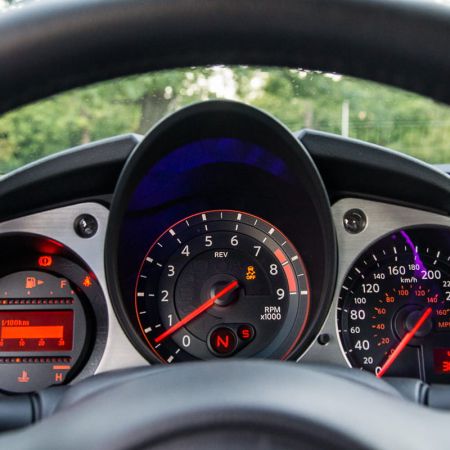We’re in the midst of a renaissance: as we ask for more efficiency from all of our cars, performance has often taken a back seat as manufacturers chase improved corporate average fuel efficiency rates. On the other hand, the horsepower war has allowed for more and more numbers to pile onto those spec sheets. There are a few exceptions: the Toyota 86 and Subaru BRZ (reviewed here) chase a different customer – somebody who’s looking to enhance their driving experience, not by way of horsepower. The latest Mazda MX-5 really proves that less is more with an overall driving experience that is, in my books, the best for under $100,000.
These three cars are among a few that are fairly easy for beginners and enthusiasts to get into: with their modest power outputs and high-value factors, they deliver a lot of smiles for the dollar. With the departure of the Hyundai Genesis Coupe, there’s one more option worth considering that has come back onto the radar as of late: the Nissan 370Z (reviewed here). Debuting way back in 2009, it showed up to the scene when market had dramatically different priorities. Coming off the global recession of 2008, paying over $40,000 for a two-seat coupe just wasn’t very attractive to a lot of people. It remained in this somewhat forgotten price bracket for years, until Nissan decided to cut features out of the car, and offer a new base model, called the Enthusiast Edition at a much more attractive $29,995. Adding those features back in creates the 2017 Nissan 370Z Touring Sport trim model, and I picked up a Chicane Yellow example for a week-long evaluation.
Seven years is an eternity these days in a car’s lifecycle, so it’s extremely easy to write off the 370Z as just an “old” car that Nissan is still selling in 2016. I had the chance to spend some time on the track with the top-end 370Z Nismo (reviewed here), and it opened my eyes to this underrated, and focused sports car. The Nissan 370Z isn’t a large car – it’s actually smaller than the 350Z that it replaced. One of the goals was reduced weight, so aluminum is used in intense amounts. The hood, rear hatch, door skins, engine subframe, and various suspension bits are all aluminum, which contributes to a decent curb 1500kg/3400lb curb weight. It’s no fly-weight like the Mazda MX-5 (reviewed here) or Scion FR-S/Subaru BRZ, but it makes up for that added weight. The short wheelbase (2550mm/100.4”) combined with the short overhangs makes for a fairly stubby and low-slung car, but its generous track (the distance between wheels on both sides) means it is quite wide at 1845mm/72.6”.
Its styling is curvy, but harkens back to the days of the original Nissan (and Datsun) 240Z that was introduced back in 1960. The two-seat, rear-wheel drive layout largely remains, but I especially like how the profile of the side window glass pays tribute to its forefather. In terms of modern features and design, the 370Z features standard HID bi-xenon headlamps, and standard LED daytime running lights – the latter of which was added after the 2012 model refresh. My particular Sport Touring came equipped with forged Rays-branded 19-inch wheels featuring wide 245-section tires up front, and 275-section tires at the back. The wheels feature an aggressive offset, for those who are into that sort of game. Handling stopping duties is a set of four-piston fixed calipers up front, and two-piston fixed calipers in the back. The big front air dam feeds air to the various cooling systems (including an oil cooler), and the rear diffuser features a bright rear fog light to enhance that import performance feel.
Inside, the 370Z Touring Sport Coupe comes with just about everything you’d expect in 2016, such as heated leather seats and satellite navigation. If it needs to be said again: the 370Z is strictly a two-passenger vehicle. The space behind the driver and passenger can be used for light storage, the low-slung rear hatchback limits the height of your cargo. Simply put, this isn’t a very spacious car, but it’s about right for its overall footprint. Thankfully, it’s better than the previous 350Z with its rear strut tower bar that just got in the way of everything. Carrying large items isn’t something I can recommend if you’ve got a 370Z, but it’s possible. Four 16-inch tires will fit in the car – just.
The age of the 370Z becomes more apparent when you take a look at the satellite navigation that’s included on all but the base model. The screen resolution isn’t very high, leading to reduced details, and it’s somewhat humorous to see how some street labels end up taking over a good half of the screen, even just for a short cul-de-sac. Thankfully, the old interface doesn’t get in the way of actual driving, which is what the 370Z excels at. One downfall of the 370Z design language is driver visibility. The small glass behind the rear doors doesn’t actually give the driver enough area to see through. Reversing out of parking spots, you basically can’t see anything until you’ve already started moving. Fun fact: the gauge cluster is fixed to the steering wheel, and tilts up and down as you tilt the wheel up and down, ensuring optimum legibility of all the important dials.
The other thing that people (mostly on the internet) like to gripe about is the powertrain. In an era of turbocharging, lower displacement, and fewer cylinders, the 370Z is one of a few that are holding onto how things used to be done. As suggested by the model name, the 370Z is powered by a big 3.7L gasoline V6 engine. Rated for 332hp at 7000rpm, and 270lb-ft of torque at 5200rpm, it’s a good ringer for the past. While its relatively large displacement allows for great low-end torque, the excitement really happens as the tachometer sweeps past 4000rpm. In addition to skipping forced induction, it also skips direct injection, and even electric power steering. Yes – the 370Z still has good old hydraulic power steering.
The Nissan 370Z is offered with your choice of a six-speed manual, or a seven-speed automatic, borrowed from Infiniti’s larger cars. My particular tester came with a slick-shifting six-speed manual transmission. The shifter linkage in particular takes a strong arm to row through the gears, which allows for an accurate and confident feel. The clutch in particular yields good feedback, but takes a bit of finesse and experience before one becomes confident with it. Power is sent to the rear wheels by way of an optional viscous limited slip differential, standard on all but the base model. The Touring Sport and top-end Nismo trims feature Nissan’s SyncroRev Match feature, which automatically blips the throttle just the right amount as you tug on the gear shifter. Purists may scoff at such “assistance”, but it’s a feature that actually works. If you prefer to do things yourself, just press the S-mode button just ahead of the shifter.
The 370Z is the kind of car that gets better, the harder you drive. It comes alive, with the driver’s interface being set up perfectly for high-performance driving. The hydraulic power steering system delivers a refreshing amount of feedback and weighting – something that is absent on so many vehicles today. The suspension features a double-wishbone design up front for optimum grip and contact; combined with the short wheelbase, the 370Z is firm, but not exactly punishing. The fixed dampers are well-tuned to the firm spring rates, providing great body and wheel control.
Because the 370Z skips many of the new engine technologies of 2016, fuel efficiency is naturally going to suffer, as a result. However, its relatively light weight returns decent mileage if you don’t drive like a hooligan, all the time. Nissan rates the 370Z with the manual transmission at 13.3L/100km in the city, and 9.5L/100km on the highway. I ended up an indicated average of 10.8L/100km during the course of my week, which consisted of very mixed driving. The seven-speed automatic returns better city numbers thanks to its more advantageous gearing. Thankfully, overall range is quite good: the 370Z will hold 72L of 91-octane fuel.
The Nissan 370Z has always been priced as a premium sports coupe. The base model perked some eyebrows with its high-value $29,998 price, but jumping into the Sport and Sport Touring trims sees the price jump quite a bit. The Touring Coupe, at $39,999, adds satellite navigation, Bose audio, heated leather seats, and a reverse camera (essential on a car like this). The Touring Sport Coupe, as-tested at $43,998, adds go-fast goodies, like the bigger brakes and 19-inch RAYS wheels, rear spoiler, and the SynchroRev Match programming. There are no additional options – stepping up to the $47,998 370Z NISMO gets you more go-fast parts, by way of a unique aero kit, different wheels and suspension, and an additional 18hp from a retuned engine computer.
The fact that it is an “old” car sold in 2016 can be a good or bad thing, depending on what you’re looking for. New cars like the Ford Mustang and Chevy Camaro (reviewed here) deliver more for the money: both can be had with big V8 engines for about the same price, and both offer very well-rounded suspension tuning for the money; in other words, they can corner, too. The departed Hyundai Genesis Coupe is a very strong value, when equipped with the 3.8L V6, but falls a little short in the refinement and chassis departments. The new Mazda MX-5 costs a bit less, and delivers an arguably better driving experience, but its minimalist powertrain may not be enough for those looking for big horsepower.
The Nissan 370Z, when you look at it on its own, is an extremely competent two-seat sports coupe that focuses on the fundamentals and delivers in a very effective way. It’s not too big, it’s not too heavy, features enough room (for two!), and I appreciate the simplicity behind its powertrain. As I said before, there’s no turbo lag to fight, no direct-injection quirks to worry about, and the hydraulic power steering is really quite sublime. If you’re a traditionalist in this sense, the 370Z may be attractive, with the $30,000 base model being the most attractive if you like to leaf through the pages of the aftermarket modification community. Otherwise, it’s hard to ignore what the rest of the world is doing. It’s easy to get more for less, depending on your priorities. How easily will you embrace the price of progress?

